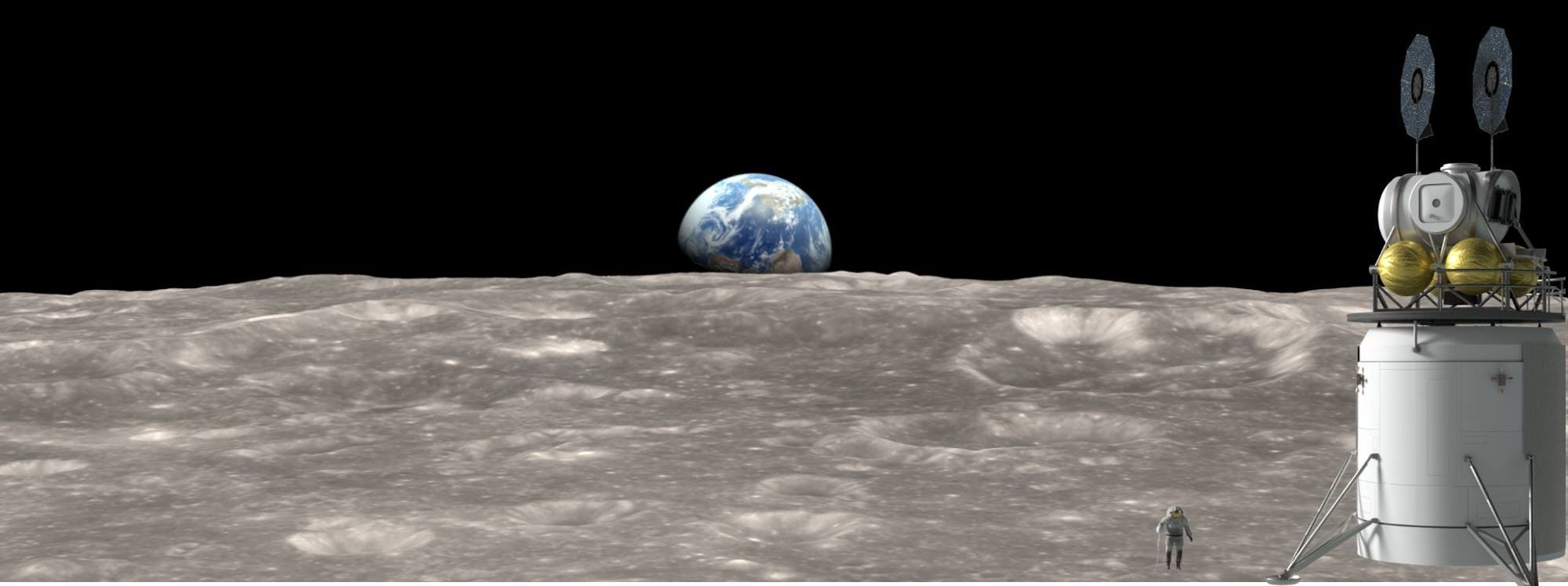Is this the “star of Bethlehem?”



NASA’s newly arrived Mars lander has been spotted by one its orbiting cousins.
The space agency’s Mars Reconnaissance Orbiter used its supersharp High Resolution Imaging Science Experiment camera (HiRISE) to photograph the InSight lander, as well as the hardware that helped the stationary robot ace its Nov. 26 touchdown on the equatorial plain known as Elysium Planitia.
“It looks like the heat shield (upper right) has its dark outside facing down, since it is so bright (saturated, probably a specular reflection),” HiRISE principal investigator Alfred McEwen, of the University of Arizona, wrote in an image description today (Dec. 13). [Mars InSight in Photos: NASA’s Mission to Probe Core of the Red Planet].

Thinking of trying something new today? How does “discovering new planets while sitting comfortably at home” sound? Learn how ordinary citizens can make a WORLD of difference in the ongoing hunt for exoplanets.
Have you ever wondered what it would be like to discover new planets? Learn how Planet Hunters TESS shows us how to find new worlds far away from our Sun.

The latest test flight by Sir Richard Branson’s Virgin Galactic successfully rocketed to the edge of space and back.
The firm’s SpaceShipTwo passenger rocket ship reached a height of 82.7km, beyond the altitude at which US agencies have awarded astronaut wings.
It marked the plane’s fourth test flight and followed earlier setbacks in the firm’s space programme.


“When we send astronauts to the surface of the Moon in the next decade, it will be in a sustainable fashion,” says NASA Administrator Jim Bridenstinee. Learn how we’ll expand partnerships with industry and other nations to explore the Moon and advance our exploration missions to even farther destinations, such as Mars: https://go.nasa.gov/2GeqhZL



WASHINGTON — When a blazing fireball from space exploded over Earth on July 25, scientists captured the first-ever seismic recordings of a meteor impact on ice in Greenland.
At approximately 8 p.m. local time on that day, residents of the town of Qaanaaq on Greenland’s northwestern coast reported seeing a bright light in the sky and feeling the ground shake as a meteor combusted over the nearby Thule Air Base.
But the fleeting event was detected by more than just human observers, according to unpublished research presented Dec. 12 here at the annual conference of the American Geophysical Union (AGU).

Most people don’t see and experience the most exciting astronomical events not because they don’t care, but because they don’t make a plan. So here’s some advance warning. 2019 will start with a rare ‘Super Blood Wolf Moon’ eclipse, but it’s only the first of many incredible stargazing events in 2019. From eclipses and comets to supermoons and a Transit of Mercury, here’s exactly when, where and why to look up at the night sky during 2019.
1 – Super Blood Wolf Moon Eclipse
When: Sunday/Monday, January 20/21, 2019